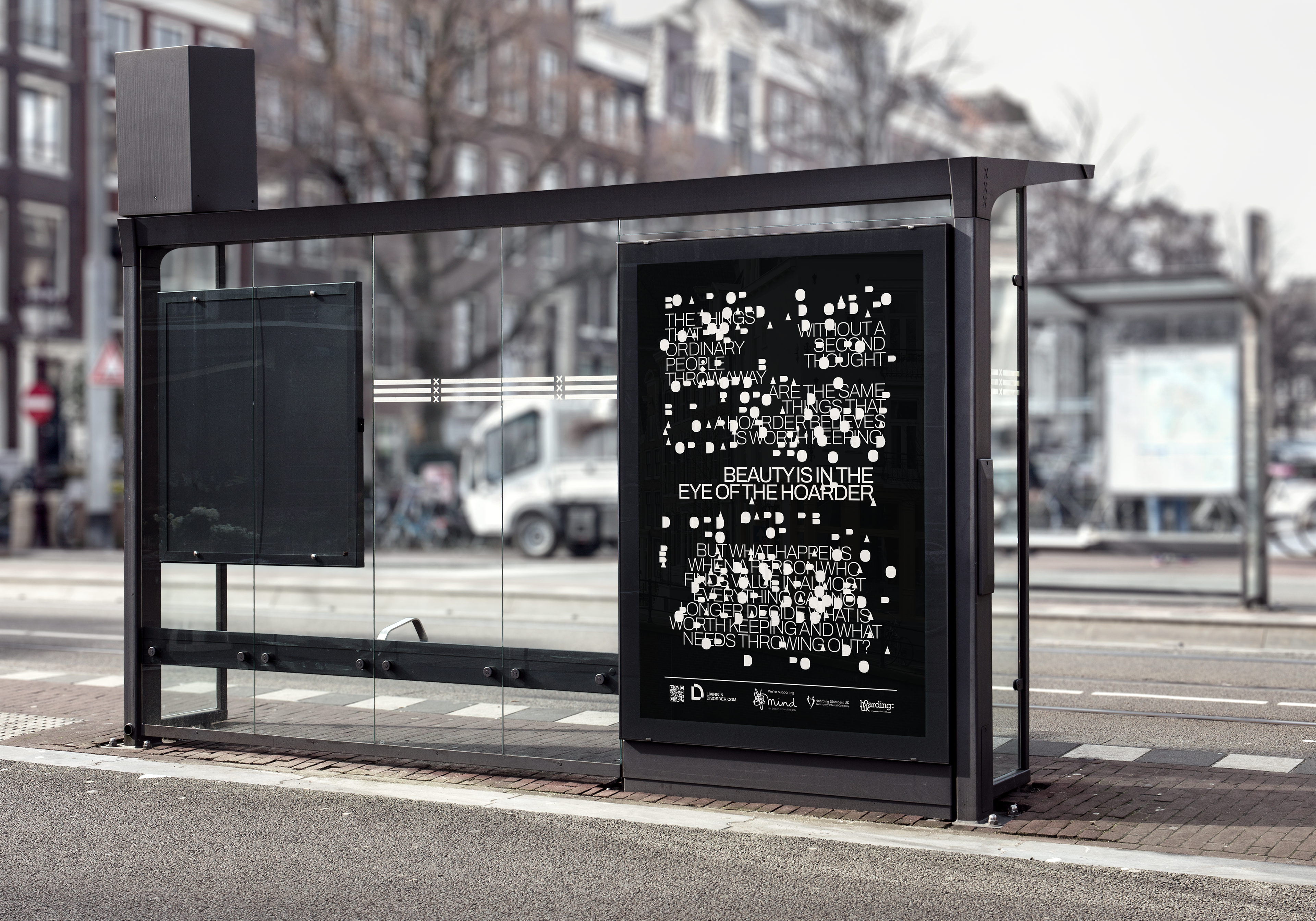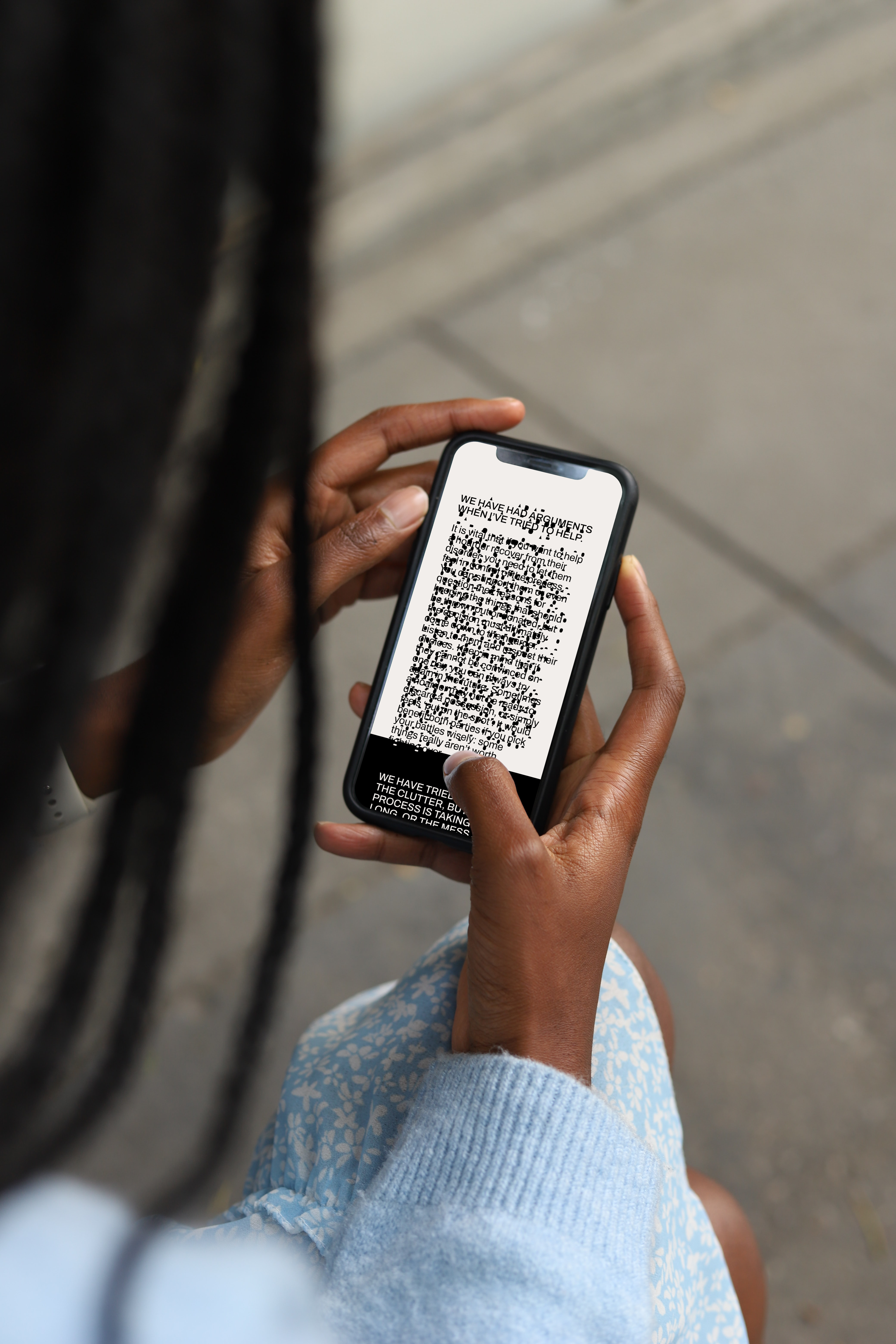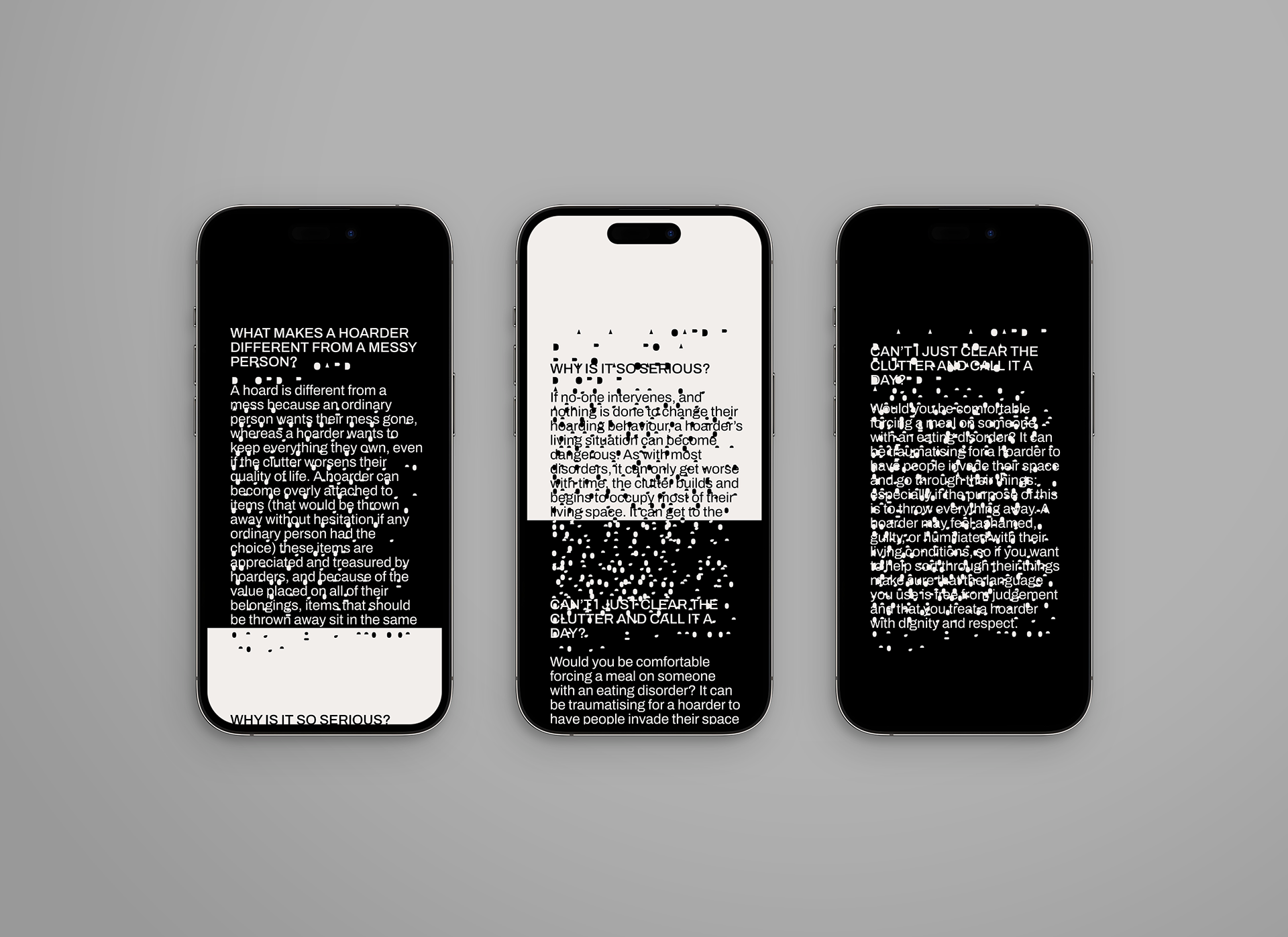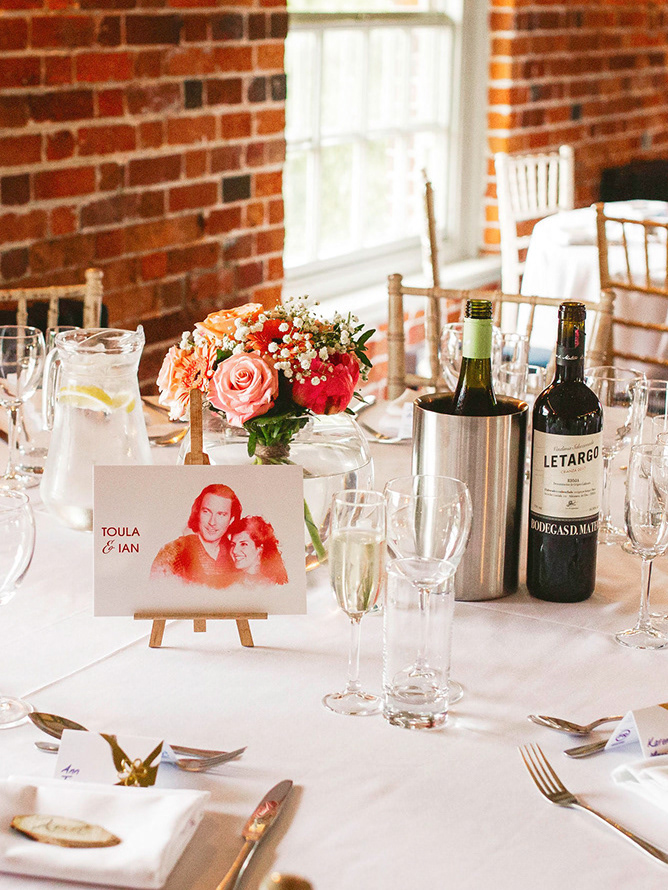It is estimated that 2-6% of the world’s population live with a hoarding disorder. Those who suffer the disorder may not seek out help, want help, or even be aware that they need help.
It is up to friends and family members to offer support to hoarders throughout their recovery. Unfortunately, of all the mental disorders, HDs are judged more harshly, and hoarders are more likely to be blamed for the situation they find themselves in.
This campaign aims to humanise the mental disorder and reduce public stigma: generating a better (more understanding) support network for hoarders to get the help they need for recovery.



Storytelling through typography, experiential UX and motion design.
A hoarder collects and keeps many things, including items that most people would consider “waste”. So, in a typographic-led campaign, we can recreate typical hoarding behaviour in a letter, especially with a letter's cut-outs: the eyes and counters.
To represent a hoarder’s inability to throw out what most people would overlook, these cut-outs are not only kept on-screen, but they remain in the same exact place throughout the scrolling of a poster or website, regardless of how much it interferes with the next incoming message. Similar to how piles of clutter would interfere with a hoarder's daily life.


